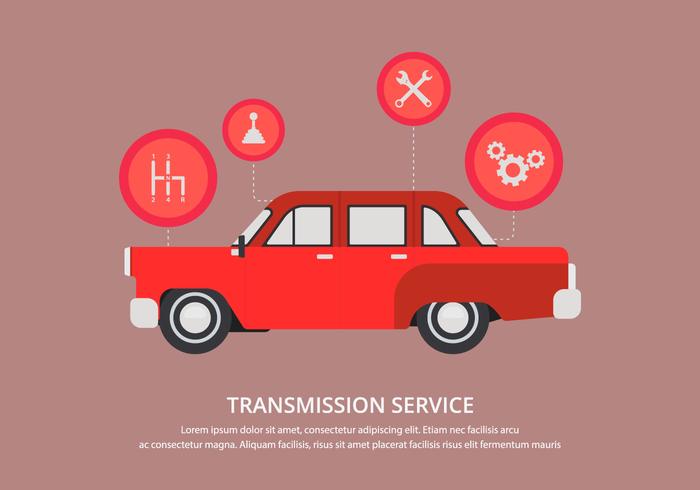An Initial Guide To Decoding Your Car'S Warning Indicators
An Initial Guide To Decoding Your Car'S Warning Indicators
Blog Article
Published By-Gunter Eriksson
When you're behind the wheel, those little warning lights on your vehicle's dashboard can be quite complicated. What do they indicate, and should you be concerned? Recognizing these signals is critical for your car's health, but it does not have to be a difficult job. By decoding the secret behind each light, you'll be outfitted to manage potential problems successfully and maintain your vehicle running smoothly. So, next time a caution light flashes, do not panic - arm on your own with understanding and take control of the circumstance.
Significance of Vehicle Caution Lights
Recognizing the value of your auto's warning lights is vital for maintaining your lorry's health and wellness. These lights serve as your cars and truck's communication system, alerting you to possible issues that could jeopardize your safety when traveling or bring about expensive repairs if neglected. By paying attention to these warnings, you can address problems early and protect against further damage to your car.
Neglecting alerting lights can lead to significant repercussions, such as engine failure, brake breakdowns, and even accidents. These lights are developed to notify you of concerns varying from reduced tire stress to engine malfunctions, giving you the possibility to do something about it prior to the situation aggravates. Consistently checking and understanding these warnings can conserve you time, money, and guarantee your safety and security while driving.
Along with maintaining you safe, responding without delay to cautioning lights can also assist lengthen the life expectancy of your automobile. By dealing with concerns early on, you can protect against tiny problems from rising into major repair work, inevitably conserving you time and money in the long run. Bear in mind, your vehicle's warning lights are there for a factor - do not neglect them!
Common Caution Lights and Meanings
When it comes to driving your auto, understanding typical warning lights and their meanings is essential for your safety and security and automobile maintenance. Below are a few typical caution lights you may come across:
1. ** Inspect Engine Light **: This light indicates a problem with your engine. Maybe something minor like a loose gas cap or something a lot more serious like engine misfiring.
2. ** Battery Light **: This light signals a trouble with your auto's charging system. It can indicate a malfunctioning battery, alternator, or other associated elements.
3. ** Oil Stress Light **: When this light begins, it implies your engine may be running low on oil or experiencing reduced oil stress, which can cause engine damage otherwise dealt with promptly.
4. ** Brake System Light **: This light suggests a concern with your braking system. It could imply reduced brake fluid degrees or a problem with the brake system that needs immediate interest.
Recognizing click now will certainly assist you determine potential concerns early on and avoid even more substantial problems down the road.
How to React To Caution Lights
On the occasion that a caution light illuminates on your car's control panel, it's critical to react promptly and suitably. When a caution light comes on, the very first step is to consult your proprietor's handbook to recognize the specific issue shown by the light.
Some lights require instant attention, while others may show a much less immediate issue. If the caution light is red or flashing, it's generally an indicator of a major issue that needs instant activity. In such situations, it's advisable to pull over safely, shut off the engine, and seek expert aid.
For yellow or orange warning lights, while they might not require prompt attention, it's still important to deal with the underlying problem promptly to prevent more damage. Regular upkeep and examination can aid avoid cautioning lights from beginning all of a sudden.
Conclusion
Finally, comprehending your car's caution lights is essential for maintaining your automobile's health and safety. By on a regular basis inspecting and reacting to these warnings, you can attend to potential issues early and avoid pricey repairs or safety threats. Bear in mind to consult your owner's guidebook for info on various warning lights and always take immediate activity for red or flashing lights. Keep aggressive and maintain your vehicle running smoothly!
